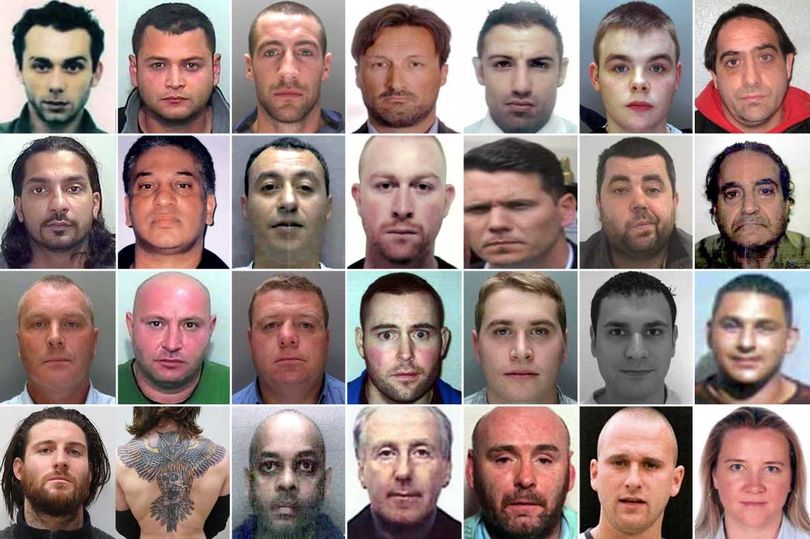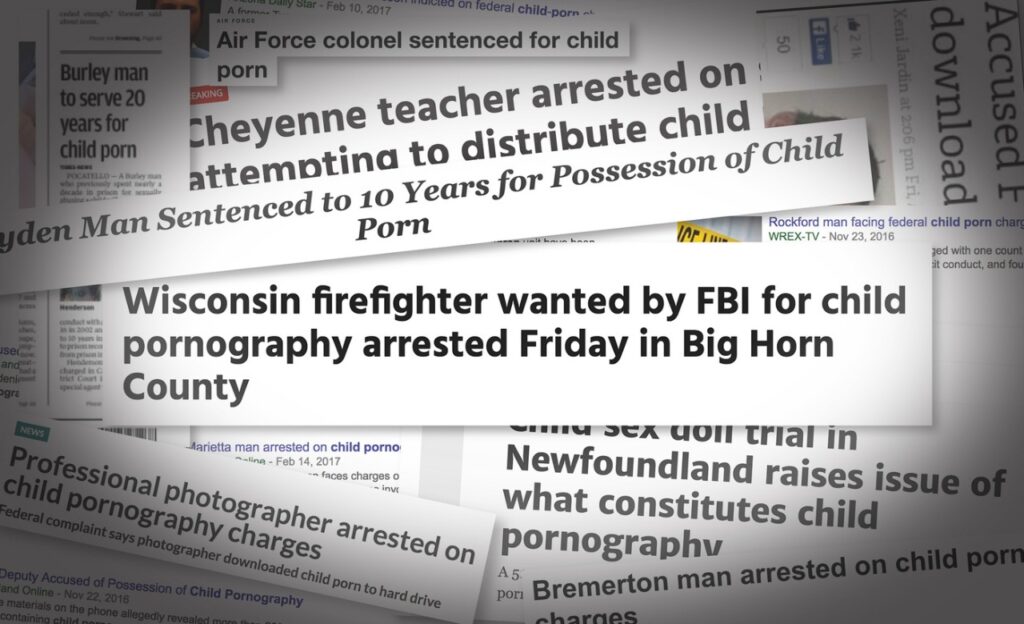

Child sexual abuse material (legally known as child pornography) refers to any content that depicts sexually explicit activities involving a child. Visual depictions include photographs, videos, digital or computer generated images indistinguishable from an actual minor. These images and videos that involve the documentation of an actual crime scene are then circulated for personal consumption. More recently, live-streaming sexual abuse has begun to surface. In these instances individuals pay to watch the live abuse of a child via a video streaming service. This type of abuse is incredibly difficult to detect, due to its real-time nature and the lack of digital evidence left behind following the crime.
Though child sexual abuse material (CSAM) is a global issue, the United States remains one of the largest producers and consumers of child abuse content in the world. It’s important to understand the true nature and pervasiveness of child sexual abuse material to convey the urgent need to address this crime.
Section 2256 of Title 18, United States Code, defines child pornography as any visual depiction of sexually explicit conduct involving a minor (someone under 18 years of age). While the definition given above is the proper legal term, it too closely relates this content to adult pornography. In actuality, the subject matter of “child pornography” is one of the most violent, horrific form of child abuse possible. For this reason, those working to combat this type of abuse have begun using the term “child abuse imagery,” one that more accurately describes the content and is explicitly tied to the source of the problem.



